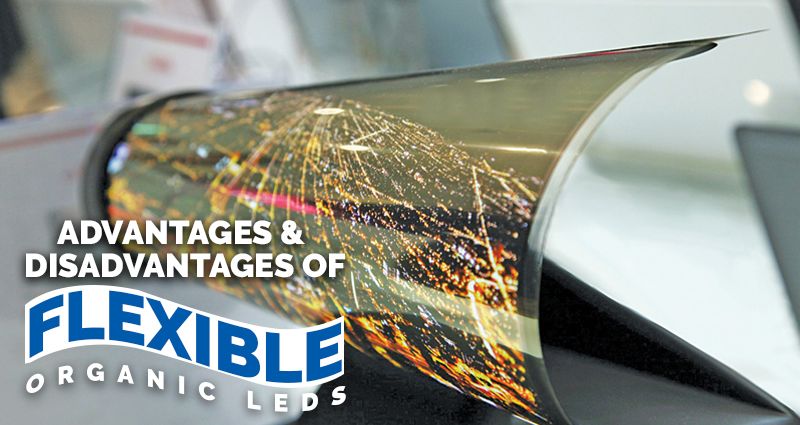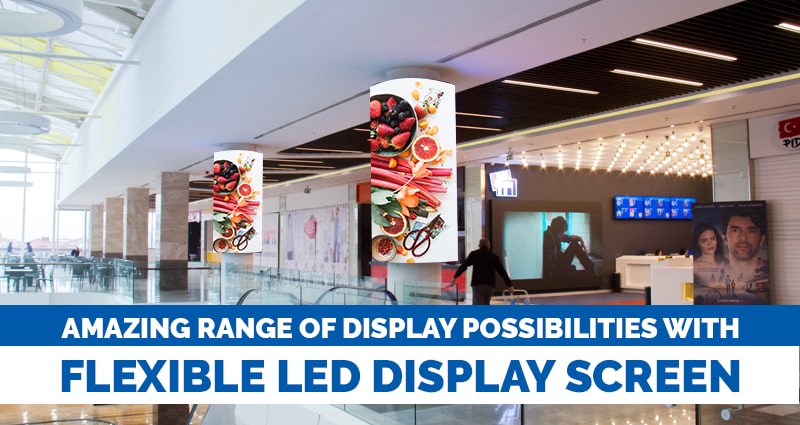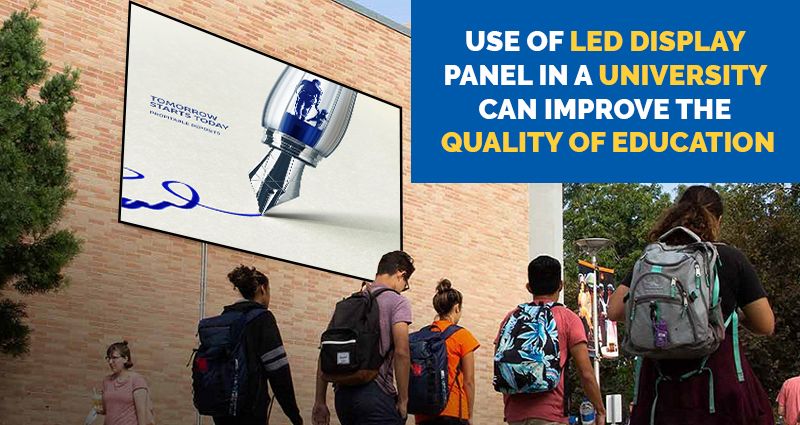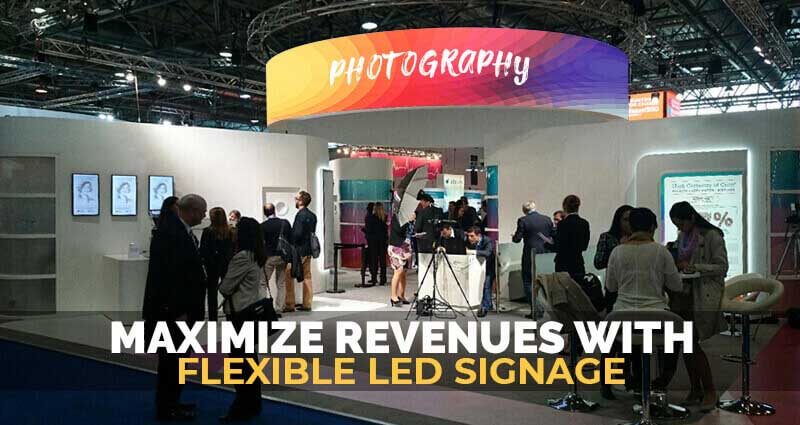
How Modern Technology is Influencing the LED Display Segment?
July 7, 2020
Understanding the Functioning of an Electronic Manufacturing Services Firm
July 24, 2020What are flexible organic LEDs?
In the past couple of years, the LED technology has evolved to an unprecedented scale so much that we have devices with flexible organic LEDs. In layman’s term, the Flexible Organic LED (FOLED) could be understood as the LED component that gives the devices the agility to fold and operate. Instead of using an inorganic semiconductor on a tough surface, the OLEDs have an organic material that is installed on an agile plastic surface using the screen or inkjet printing method.
Advantages of FOLED
One of the major advantages of flexible organic LEDs is the technology that is used to develop these displays. The use of organic components like phosphorescent dye or conductive polymer provides an edge to the OLED displays. They are brighter, lighter, and have far more flexible when it comes to integration with other electronic devices. In addition to this, they are also energy-efficient and save a lot of resources.
The value of the OLED industry has risen by billions of dollars in the past couple of years; a majority of this rise is owed to the smartphone manufacturing segment that constitutes more than 81% of the total share. The OLED technology has grown in popularity as it provides a unique dimension to smartphones which can be folded into a compact and more hand device when needed.
The flexible OLED displays are also used as a component in curved TVs that provides better resolution, immersion and wider view to the audience. The foldable feature in electronic devices will extend beyond the use of smartphones in the coming decade and could be extended to wearable electronics and general clothing articles.
Disadvantages of FOLED
The manufacturing process of FOLEDs is very intense and requires the introduction of stress through heat. The creation of flexible plastic substances and the bending process requires very precise and intense heat that can cause thermal and residual stress. This can deter the quality and longevity of the device making it less durable for the long run.
The FOLED display panels are also weakened when the stress is applied to a great extent. This intense manufacturing process can make the FOLED more prone to natural wear and tear and could deter the consumers from buying them for long term utility. The repetitive folding and unfolding process in the course of using these devices will add to the burden. Other disadvantages include less than ideal outdoor visibility, oversaturation of pictures, vulnerable to water-related damages, etc.
Osel is among the industry leaders in the digital signage segment that provides a holistic solution to all your display needs.
Conclusion
The article aims to educate the reader on the Flexible Organic LED (FOLED) technology. It highlights the major advantages and disadvantages that are generally associated with the use of FOLED technology.





